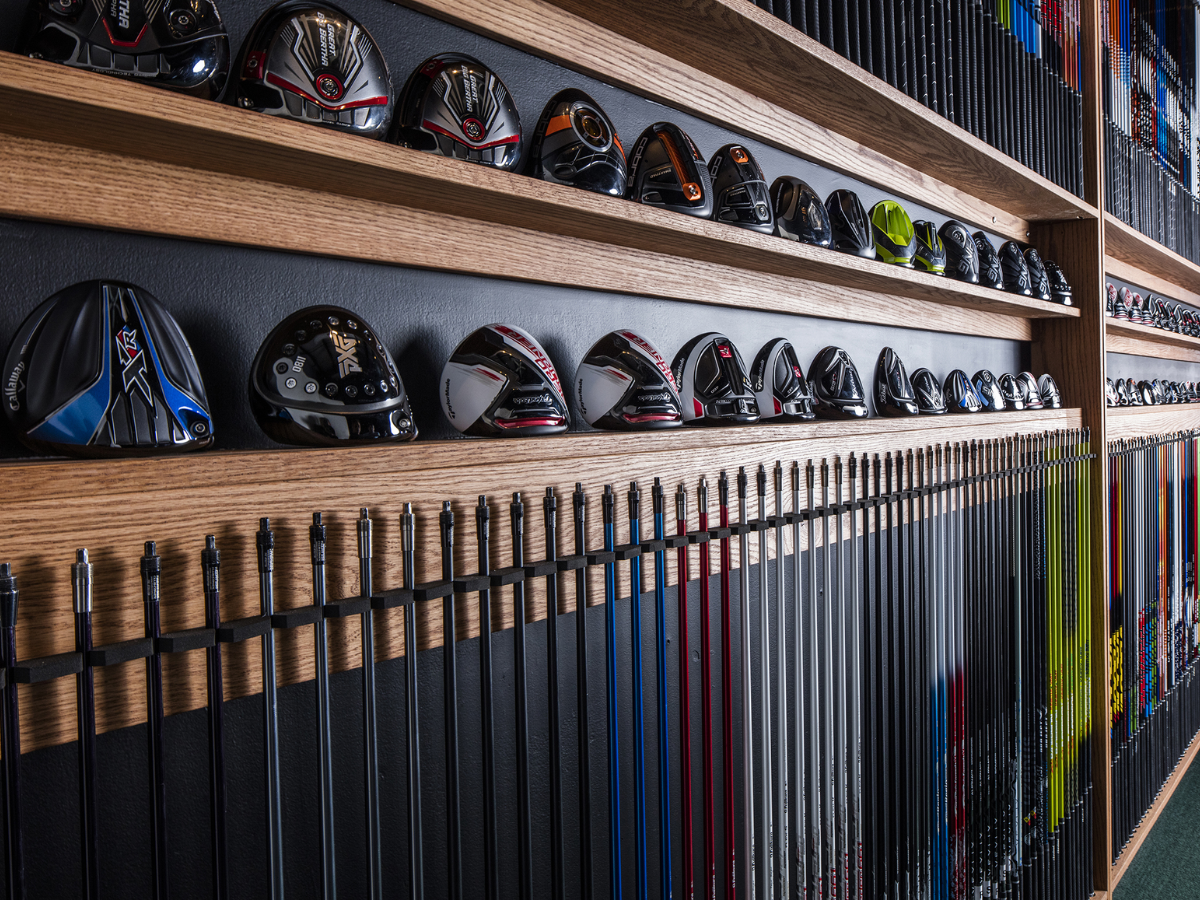Types of Golf Clubs: A Guide to Choosing the Right Clubs
Understanding the types of golf clubs is essential for anyone looking to improve their game. Each club is designed for a specific purpose, helping golfers achieve different shots and distances on the course. Whether you’re a beginner or an experienced player, knowing how each club functions can make a significant difference in your performance. This article breaks down the primary types of golf clubs, their uses, and tips for selecting the right clubs for your game.
1. Drivers
The driver is typically the longest club in a golfer’s bag and is used for tee shots. Known for its large clubhead and long shaft, the driver is designed to generate maximum distance off the tee. Most drivers have a low loft angle, usually between 8 and 12 degrees, which helps achieve greater ball speed and launch angle. Choosing the right driver can make a big impact on your game, especially if you’re aiming for longer and straighter drives.
Tips for Choosing a Driver
- Consider the loft: Higher lofts (10.5 degrees or more) are easier to control, especially for beginners.
- Look for adjustable drivers: Some drivers allow you to adjust the loft and weight distribution, which can help fine-tune your shot shape.
For more on selecting a driver, visit Golf Digest’s Driver Guide.
2. Fairway Woods
Fairway woods, usually numbered 3 through 7, are versatile clubs used for both tee shots and long fairway shots. They have slightly smaller clubheads than drivers, making them easier to control. Fairway woods are ideal for reaching long par 5s or making approach shots from the fairway on par 4s. The lofts of fairway woods typically range from 13 to 18 degrees.
Tips for Choosing Fairway Woods
- Consider the shaft length and material: Graphite shafts are popular for fairway woods, providing extra distance without compromising control.
- Choose woods with higher lofts for better accuracy: A 5-wood or 7-wood can offer more forgiveness and accuracy.
For guidance on fairway woods, check out Golf Channel’s Fairway Wood Selection Tips.
3. Hybrids
Hybrids are a cross between irons and fairway woods, combining the distance of woods with the control of irons. They are commonly used as replacements for long irons (like 3- or 4-irons), which are difficult for many players to hit. Hybrids offer a higher launch and more forgiveness, making them suitable for various lies and challenging shots.
Tips for Choosing Hybrids
- Match hybrids to your irons: Many players replace their 3- or 4-iron with a hybrid, but it’s important to maintain consistent gapping in your set.
- Consider loft: Hybrids usually have lofts between 18 and 27 degrees. Choose a loft that fits well within the distances of your irons and woods.
To learn more about hybrids, visit Golf.com’s Guide to Hybrid Clubs.
4. Irons
Irons are numbered from 3 to 9, with higher numbers representing higher loft angles. They are typically used for shots from the fairway or rough, and their shorter shafts and higher lofts provide greater control and accuracy. Lower-numbered irons (3-5) are for longer shots, while mid (6-7) and short irons (8-9) are designed for approach shots closer to the green.
Types of Irons
- Blades: Designed for skilled players, blades provide better feel and control but require precise ball-striking.
- Cavity Back Irons: These irons have a hollowed-out back, making them more forgiving and suitable for mid- to high-handicap players.
Tips for Choosing Irons
- Try different styles: Blades offer control for advanced players, while cavity-back irons provide more forgiveness.
- Look for a set that fits your skill level and desired shot shape.
Check out Golf Digest’s Iron Selection Guide for more tips on choosing irons.
5. Wedges
Wedges are specialized irons used for short approach shots, bunker play, and chipping around the green. They come in four main types: pitching wedges, gap wedges, sand wedges, and lob wedges. Each wedge has a unique loft and is designed to help golfers navigate different situations on the course.
Types of Wedges
- Pitching Wedge (PW): Typically has a loft of around 46-48 degrees and is used for full approach shots.
- Gap Wedge (GW): Also called the “approach wedge,” the gap wedge has a loft of around 50-54 degrees, bridging the distance gap between the pitching and sand wedges.
- Sand Wedge (SW): With a loft of about 54-58 degrees, the sand wedge is ideal for bunker shots and short approach shots.
- Lob Wedge (LW): The lob wedge has a high loft (58-64 degrees) and is used for high, short shots around the green.
Tips for Choosing Wedges
- Choose wedges with appropriate loft gaps: Aim for about 4-degree increments between wedges to cover different distances.
- Consider bounce and grind: These factors affect how the club interacts with the turf, which can be helpful in different conditions.
For more on choosing wedges, visit PGA’s Guide to Wedge Selection.
6. Putters
The putter is used on the green to roll the ball into the hole, making it one of the most crucial clubs in any golfer’s bag. Putters come in various shapes and designs, each offering different levels of forgiveness, alignment assistance, and feel. Choosing the right putter can significantly impact your short game and lower your scores.
Types of Putters
- Blade Putters: Known for their classic design and control, blade putters are favored by players with smooth strokes.
- Mallet Putters: With larger clubheads and added stability, mallet putters provide more forgiveness and are ideal for golfers seeking more alignment support.
- Counterbalanced Putters: These putters have added weight in the grip, offering greater control and stability.
Tips for Choosing a Putter
- Test various styles: Experiment with both blade and mallet putters to see which feels most comfortable.
- Focus on alignment: Look for putters with alignment aids that help you set up correctly for each putt.
To explore the best putters, see Golf Monthly’s Putter Buying Guide.
Tips for Selecting the Right Set of Clubs
When selecting a set of golf clubs, it’s essential to find the right combination that suits your game. Here are some tips to help you choose the right clubs:
- Consider Your Skill Level: Beginners may benefit from forgiving clubs with cavity backs, while advanced players might prefer blades for added control.
- Get Fitted: Custom fitting ensures that each club is tailored to your swing, enhancing your performance and consistency.
- Focus on Gapping: Ensure there’s a consistent distance gap between clubs, especially with irons and wedges, to avoid any overlap or distance gaps in your bag.
FAQs About Types of Golf Clubs
Q: How many types of golf clubs should I carry?
A: Most golfers carry a mix of drivers, fairway woods, hybrids, irons, wedges, and a putter, usually totaling 14 clubs.
Q: Can I replace my long irons with hybrids?
A: Yes, hybrids are often used to replace long irons, as they provide more forgiveness and easier launch for many players.
Q: How often should I replace my golf clubs?
A: This depends on how frequently you play and advancements in technology, but many golfers replace their clubs every 3-5 years.
Conclusion
Understanding the different types of golf clubs is essential for building a set that enhances your game. Each club is designed with a specific purpose, from driving distance to precise short-game shots. By selecting clubs that suit your skill level and playing style, you can improve your performance on the course. Consider getting a professional fitting to ensure your clubs are perfectly tailored to your swing, and enjoy the benefits of a well-rounded set of golf clubs.



